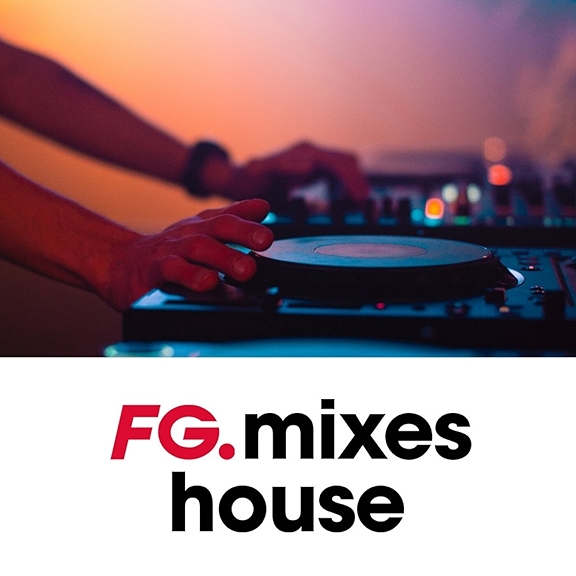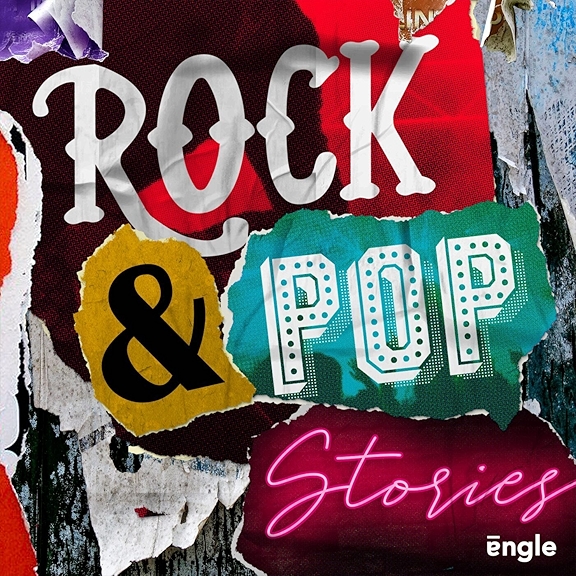
Marvin Gaye, the "Prince of Motown," is celebrated for his soulful voice and profound social commentary, but he was also a master of funk. Known for his ability to fuse soulful melodies with rhythmic grooves, Gaye infused funk with emotional depth and complex themes, elevating the genre beyond the dance floor. His innovative use of rhythm, bass, and groove helped define the sound of funk in the 1970s and influenced countless artists.
Born on April 2, 1939, in Washington, D.C., Marvin Gaye began his career at Motown, where he initially recorded romantic ballads and pop hits. In the early 1970s, Gaye began exploring deeper themes, fueled by a period of personal and social upheaval. This shift set the stage for his breakthrough into funk, blending his trademark soul with funk’s rhythmic and bass-heavy foundation.
Released in 1971, "What’s Going On" marked Gaye’s transition into more introspective and socially aware music. Although not a pure funk album, What’s Going On incorporated funk’s syncopated rhythms and bass-driven beats to emphasize its themes. Tracks like "Inner City Blues (Make Me Wanna Holler)" showcased Gaye’s smooth vocals layered over a groove-filled rhythm, adding a new dimension to funk by connecting the music to civil rights and social issues.
In "Let’s Get It On," Gaye dove deeper into funk. The title track became one of the quintessential funk songs, blending sensual lyrics with a deep bassline and smooth rhythm. Tracks like "Come Get to This" and "You Sure Love to Ball" exemplified Gaye’s approach to funk: sensual, groove-heavy, and emotionally expressive. Let’s Get It On showcased his talent for making funk deeply personal and intimate, expanding the genre’s expressive potential.
"I Want You" (1976) marked one of Gaye’s most immersive ventures into funk. The album, produced with Leon Ware, featured a layered, atmospheric funk sound with tracks like the title song "I Want You" and "After the Dance." These songs combined lush orchestration with rhythmic complexity, creating a sound that was both hypnotic and deeply soulful. Gaye’s vocals floated over groove-heavy basslines, capturing the intensity of his emotions in a new way. The album’s innovative sound influenced future funk, R&B, and quiet storm genres.
"Here, My Dear" was a raw, funk-filled chronicle of Gaye’s personal struggles, specifically his turbulent divorce. Tracks like "Anger" and "When Did You Stop Loving Me, When Did I Stop Loving You" blended funk’s basslines and beats with lyrics that conveyed heartbreak, introspection, and frustration. This album solidified Gaye’s approach to funk as a medium for personal storytelling, using groove to underscore the emotional weight of his lyrics.
Marvin Gaye’s contributions to funk remain profound. By merging social commentary and personal narratives with funk’s rhythmic drive, he expanded the genre’s expressive possibilities. His work inspired countless artists to explore funk as a vehicle for storytelling and emotional depth. Albums like What’s Going On, Let’s Get It On, and I Want You continue to be celebrated for their artistry and innovation, showing that funk could be as introspective as it was danceable.
Marvin Gaye’s funk story is one of innovation, emotional resonance, and a commitment to pushing musical boundaries. His legacy as a pioneer in funk endures, a testament to the genre’s power to convey both rhythm and soul.
Early Career and the Evolution of a SoundWhat’s Going On (1971): Laying the Groundwork for Socially Conscious FunkFunk Breakthrough with Let’s Get It On (1973)Embracing Funk with I Want You (1976)Political and Personal Funk in Here, My Dear (1978)Legacy in Funk and Soul




















